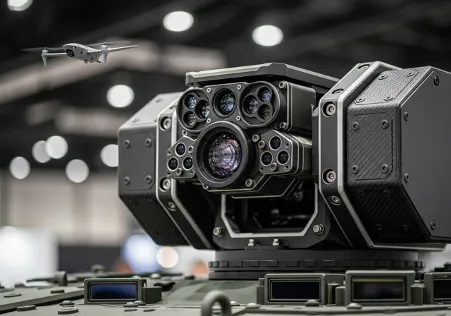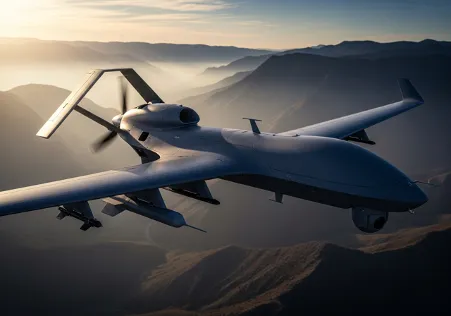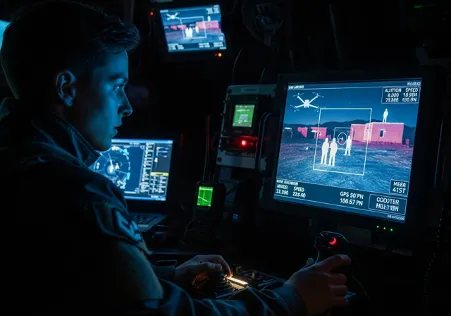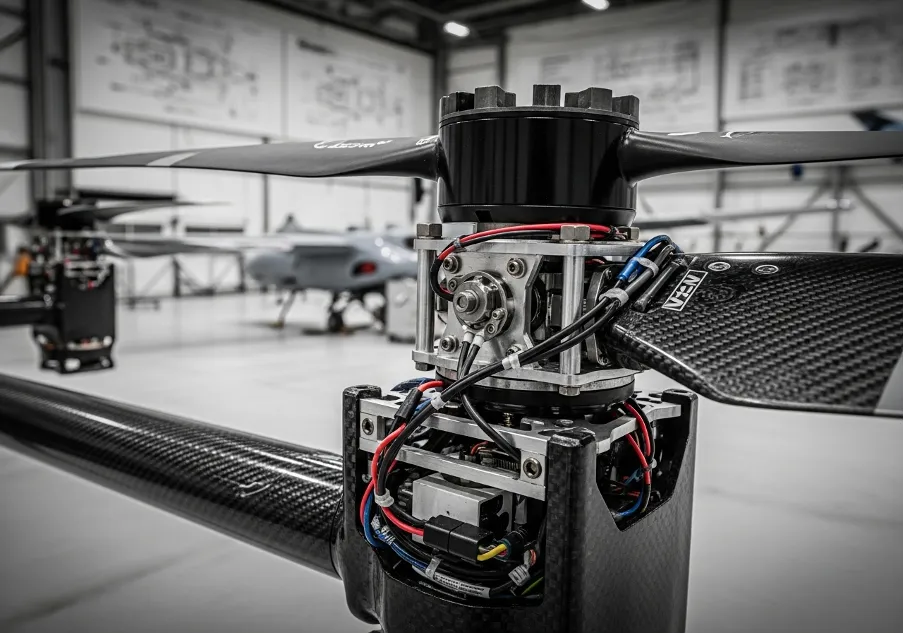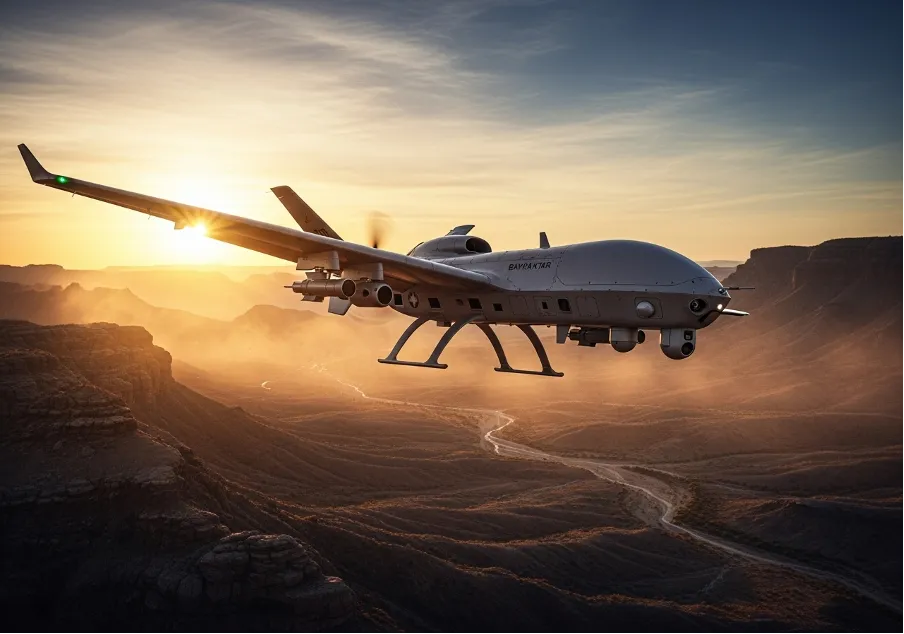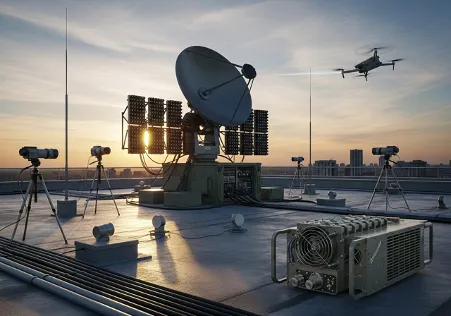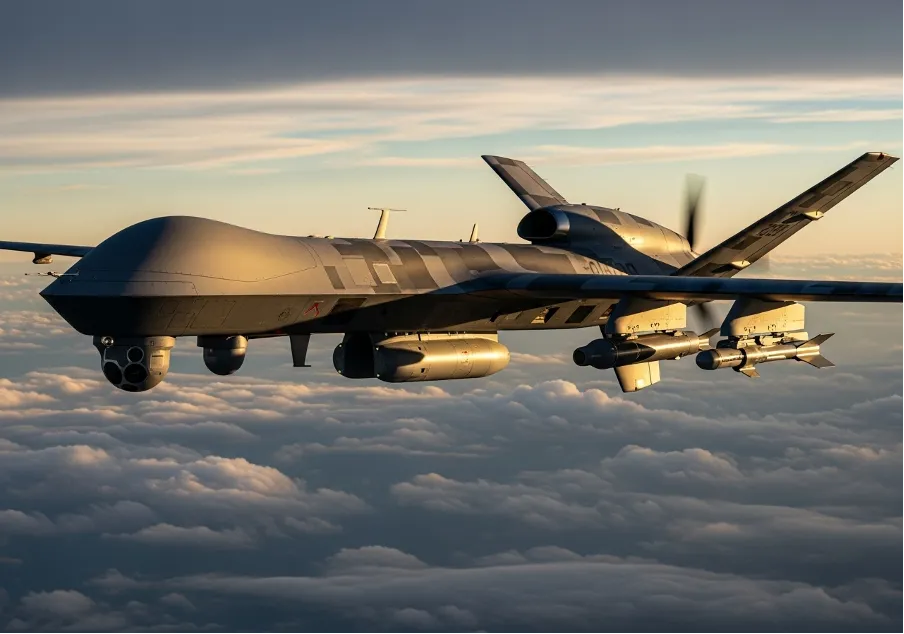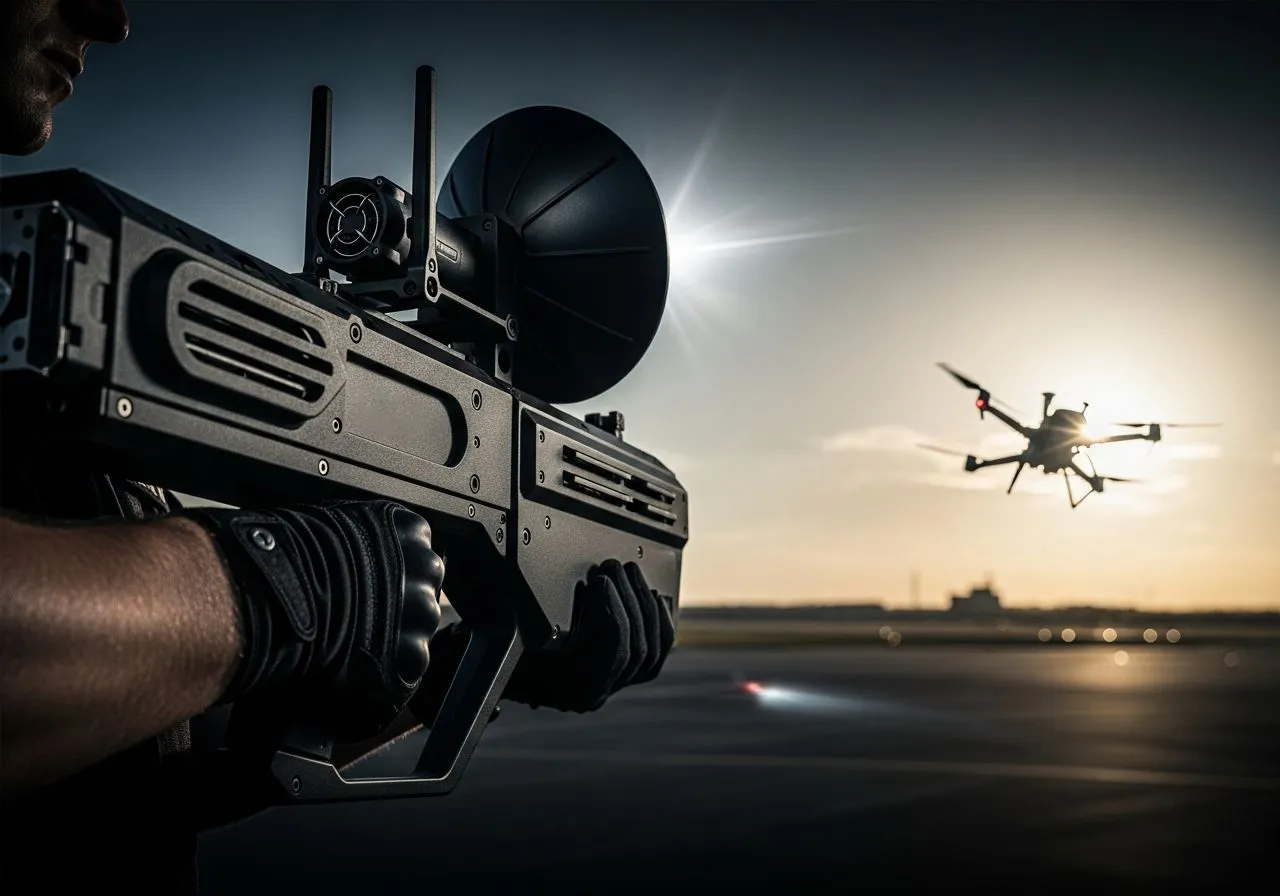
The Modern Anti Drone System
More Than Just a Drone Radar
The rapid expansion of the commercial and private drone market presents a multifaceted security challenge for various industries and public sectors. What was once a niche hobbyist device is now a common tool, and this ubiquity brings inherent risks, ranging from careless airspace violations to deliberate, hostile actions. The core of the problem lies in accessibility—drones are easy to acquire, simple to operate, and difficult to monitor with conventional security equipment, making the evolution of consumer drone technology a complex security puzzle for many sectors.
This reality has catalyzed the development of specialized countermeasures, often referred to as C-UAS or anti-drone solutions. These systems are designed not just for military applications but for protecting critical infrastructure, airports, stadiums, and private facilities. The goal is to restore a sense of security and control over low-altitude airspace. This isn't just about theory; it's about practical anti drone solutions you can find right now, each with a distinct method of operation, set of advantages, and inherent limitations that must be understood for effective deployment.
Radio Frequency Analyzers
At its core, the most common method of drone control is a radio link between the unmanned aerial vehicle (UAV) and its operator. RF analyzers are designed to exploit this link. They passively scan the radio spectrum for known drone communication protocols, acting as a form of electronic surveillance for the skies. Essentially, a good anti drone system of this type acts like a digital bloodhound, sniffing out the control links that are the lifeblood of most drone operations. When a signal is detected, the system can alert operators, and in some cases, even identify the model of the drone and the location of the pilot by triangulating the signal source.
Some devices, often resembling an anti drone gun, actively broadcast disruptive signals to sever that connection. This is a more aggressive approach known as jamming. By flooding the drone's receiver with noise, the jammer breaks the operator's control.
The drone's reaction to jamming isn't always predictable and usually results in one of several outcomes:
- it performs a controlled landing on the spot;
- it attempts to return to a pre-set "home" point;
- it loses stability and falls from the sky, uncontrolled;
- it flies off erratically in a random direction.
Each possibility carries its own set of collateral risks, a factor that can't be overlooked.
The primary weakness of RF-based systems is their reliance on active radio links. They are completely ineffective against autonomous drones operating on pre-programmed flight paths without active communication. Such drones are essentially silent to RF analysis. This is a significant blind spot that any comprehensive counter uas strategy must account for, as autonomous capabilities become more common even in off-the-shelf consumer models.
Nevertheless, the technology has its place, especially for forensic purposes. Some high-end systems do more than just detect; they identify. More sophisticated versions can function as a specific drone detector, identifying the unique digital fingerprint of the device and its operator, like a MAC address, which can be crucial for legal action and prosecution after an incident. This makes them a valuable tool for law enforcement.
Radar-Based Detection
Radar offers a more active approach. Instead of listening, it transmits radio waves and analyzes the signals that bounce back from objects in the air. Its primary strength lies in long-range drone detection, often spotting threats miles before they become a visual or audible problem, operating effectively 24/7 and in almost any weather condition—day, night, fog, or rain. It provides precise data on a target's location, speed, and trajectory.
However, conventional radar systems are designed to ignore small, slow-moving objects to avoid cluttering the screen with birds. Specialist C-UAS radars had to be engineered differently, with higher sensitivity and sophisticated processing algorithms to distinguish a small drone from a flock of pigeons. This is where micro-doppler radar comes in—it can detect the unique frequency shift created by a drone's spinning rotor blades, a signature that a bird simply doesn't have. This is far more surgical than a brute-force tool like an emp gun, which has a much broader, indiscriminate effect.
But radar isn't a perfect solution. The systems can be expensive to acquire and maintain. Furthermore, because they actively transmit radio signals, their operation often requires licensing and careful frequency management to avoid interfering with other critical systems, such as aviation or communication networks. Implementing a counter drone radar isn't a simple plug-and-play affair; it requires careful planning and regulatory navigation.
Acoustic and Optical Sensors
Using sound for drone defense is an old concept retooled for a new threat, relying on arrays of sensitive microphones. These acoustic sensors are trained to recognize the specific sound profiles produced by different types of drones. The system listens for these unique auditory signatures and can use multiple arrays to roughly calculate the direction of the approaching drone.
The appeal of acoustic sensors lies in a few distinct characteristics:
they are entirely passive, meaning they don't emit any signals and don't require transmission licenses;
they are effective at detecting drones that are operating autonomously, without any RF signals to intercept;
they can be useful gap-fillers, covering areas where line-of-sight for radar or cameras is obstructed, such as in complex urban environments.
However, their utility is heavily dependent on the surrounding environment.
The most significant drawback is their extremely limited range and susceptibility to ambient noise. In a quiet, rural setting, they might detect a drone from 300-500 meters away. But in a noisy city or near an industrial site, their effectiveness plummets. This is where this particular anti drone technology shows its limitations, as urban or industrial noise can easily mask a drone's signature, rendering the system almost useless.
It might not be your primary defense drone solution, but it excels at covering blind spots where radar or cameras can't see. Think of it as a close-range tripwire. When paired with optical sensors—cameras—the system becomes more robust. Cameras provide the crucial visual verification that an acoustic or radar alert is indeed a drone and not a false alarm. They can also help identify any potential payload the drone might be carrying.
The short effective range makes it a specialized counter uav tool, best suited for protecting a very specific, localized asset. Optical systems, especially those enhanced with AI-powered image recognition software, can track a drone once it has been detected, but they struggle as a primary detection tool on their own due to high false-alarm rates and poor performance in adverse weather or darkness.
Kinetic Neutralization Methods
When simple detection and tracking are not enough, the focus shifts to physically stopping the drone. Unlike kinetic anti drone weapons that physically neutralize a target, optical systems are about confirmation and tracking. These methods are often called "kinetic effects" and range from the straightforward to the technologically advanced. The most basic form is a net gun, which fires a net to entangle the drone's propellers, causing it to fall from the sky. There are also systems that fire projectiles or even use trained eagles in some niche cases.
These solutions are direct and can be effective, but they come with a high risk of collateral damage. A drone falling uncontrolled from a significant height can be just as dangerous as the drone itself, especially in a populated area. This visual evidence is invaluable for prosecution and forms a critical layer of drone protection. For this reason, kinetic solutions are almost exclusively reserved for military or specific law enforcement scenarios where the rules of engagement are clearly defined.
A purely optical drone detection system can be overwhelmed with false positives, mistaking birds, balloons, or even plastic bags for genuine threats. This is why a layered approach is so important. Using an optical sensor to verify a target first detected by another system reduces the chance of engaging a non-threat. It's about building a chain of certainty before taking direct action.
Thermal cameras, which detect heat, add another layer to this. They can often outperform a standard drone radar in cluttered, low-altitude environments by picking up the heat signature from the drone's motors. This makes them particularly useful at night or in conditions with low visibility, providing a way to see a threat that would otherwise be invisible to the naked eye or a standard camera.
High-Energy and Takeover Systems
When detection isn't enough, the focus shifts to active drone defence measures designed to physically stop the threat. This category represents the cutting edge of C-UAS technology. High-energy lasers can be used to dazzle a drone's optical sensors or even burn through its chassis to disable it. High-Power Microwave (HPM) devices can emit a focused beam of energy to fry the drone's internal electronics. These are powerful tools, but they are also incredibly expensive and come with their own safety and regulatory hurdles.
The legality surrounding this type of counter drone technology is incredibly restrictive for civilian use, and for good reason. The potential for misuse or accident is significant. A more subtle and increasingly popular approach is cyber or protocol takeover. Instead of brute force, these systems exploit vulnerabilities in the drone's communication protocol to hijack control, allowing the security operator to pilot the drone to a safe landing zone. This is the cleanest solution, as it minimizes collateral damage.
However, it requires deep, ongoing reverse-engineering of drone protocols, which are constantly being updated by manufacturers. A system that works on a drone model today might be rendered useless by a software update tomorrow. Knowing how to spot a drone at night with a thermal camera is one piece of the puzzle, but neutralizing it requires a completely different, and often legally complex, set of tools. No single solution is a silver bullet; effective drone defense is almost always a layered, integrated system of different technologies.
Learn more about alternative systems and related products from Prodefence in Counter Drone Technologies.
Trusted Worldwide
Operating in more than 50 countries, we provide cutting-edge defense solutions that ensure your safety to every corner of the globe.
Get Advice From Our Experts
Please complete the feedback form to gain exclusive access to our catalog showcasing models that are not available on our website
We’re here to assist you with any inquiries, support, or information you need. Whether you're interested in our defense products, looking to collaborate, or simply have a question, our team is ready to help.



